- Tuesday, April 23, 2024

By: Amit Roy
Sotheby’s is holding an auction of contemporary art, but what makes this sale different is 11 of the works have been picked by Amita Suman, 25, the British Asian actress who is making quite a name for herself.
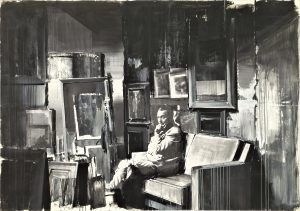
Suman was born in Nepal and came to Brighton, England, with her family when she was seven. She has attracted favourable global attention after being cast in the prominent role of Inej Ghafa in the Netflix series Shadow and Bone, an adaptation of the fantasy books, The Grisha Trilogy and The Six of Crows Duology, by Leigh Bardugo.
Tatler put Suman on its cover for its April issue.
Her TV debut came with a small role in Casualty. Eastern Eye readers might recall that in 2018, Suman made an appearance in the Dr Who episode, Demons of the Punjab, when the Tardis lands in India in the throes of violence over the partition of the country in 1947.
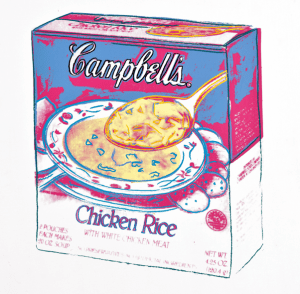
In the same year, the actress played Sameera in Channel 4’s comedy-drama series Ackley Bridge.
Suman was born on July 19, 1997, in the remote village of Bhedihari in the Parsa district of southern Nepal to a Bhojpuri family of modest means. She came to Britain and settled in Brighton because her father had met and married an Englishwoman who happened to be visiting the Himalayan country.
She attended Varndean Secondary School and Sussex Downs College (now East Sussex College Lewes) before training at the Academy of Live and Recorded Arts in London and graduating in 2018.
Suman said, “I auditioned for drama school and with a full scholarship, I did a three-year course in acting, and my career began.
“London is one of the major art metropolises in the world. Whether it’s a memorial, a painting, a statue, or even graffiti or a hidden political message, it’s an integral element of the city’s identity.”
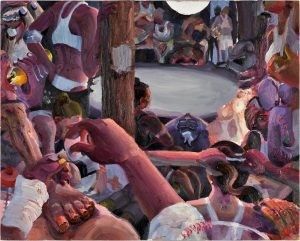
In picking Suman for its “contemporary curated auction” this week, Sotheby’s discovered her love of art was planted in her subconscious when she was growing up as a little girl in Nepal.
She said she was transfixed by the murals and sculptures of Hindu deities: “I think my earliest impression of art was beautiful, hand-painted pictures of the many Hindu gods. They’re visually striking. The story of Rama and Sita and all the depictions of Ganesha and Hanumanji were my first experience of art, because that’s the only thing people owned in the village.
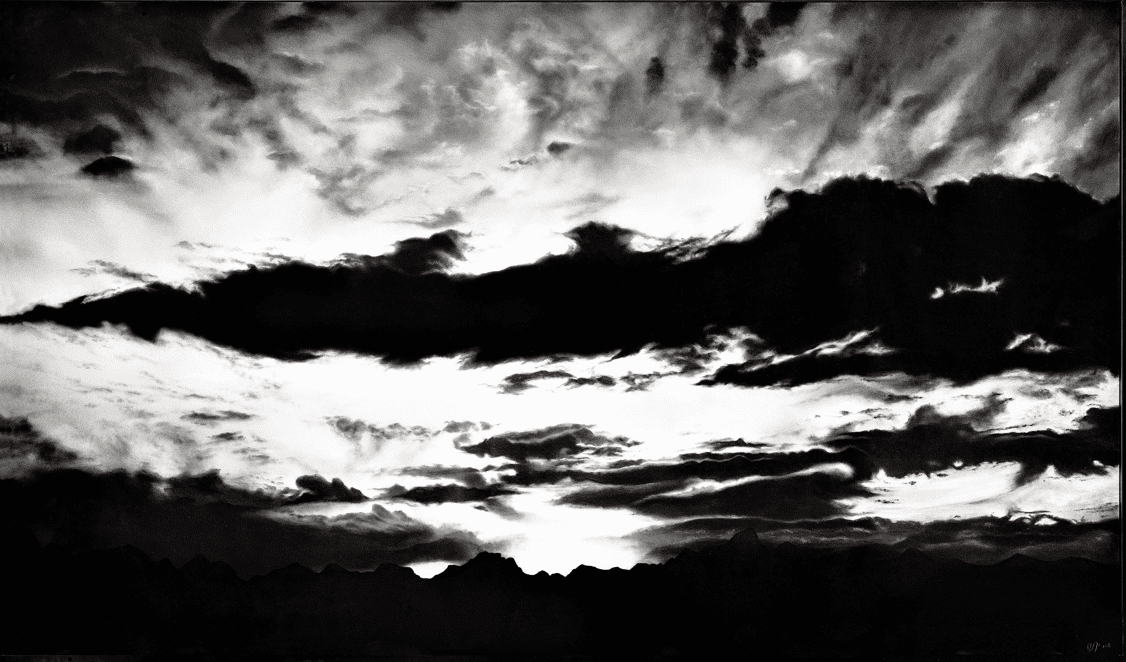
“I think this is why I have a very specific taste in relation to art. I’ve always been fascinated by colours. If you go to Asia, the colours are vibrant, from multicoloured flowers to glowing sunsets and the deep blue haze of the night sky and the grand presence of a full moon not dimmed by pollution. Even the food would always have so much colour.”
Suman added: “I would not consider myself an art expert. I just see myself as someone who loves art and appreciates it in all its different forms. In my craft, I create through my body, my mind and my soul to tell a story for an audience. I suppose art is very similar but to me, it feels more personal and the narrative is more free. An artist may have intended to portray one thing, but the viewer might interpret it in a completely different way – and that’s the beauty of it.”
Sotheby’s appears pleased with the art works she has recommended for inclusion in the auction. The 11 works cover more than three decades of artistic practice, from two Andy Warhol canvases created in 1986, including Moujik, a portrait of the late designer Yves Saint Laurent’s pet bulldog, to a 2022 petite oil paint study by Flora Yukhnovich.
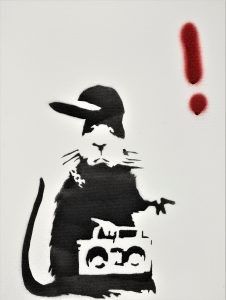
Her selection also features a sensorial figurative canvas by Brooklyn-based artist Danica Lundy. Upon first seeing this work, she said she was drawn to its vibrant palette: “Whether a painting is an abstract, impressionist or even a still life, the colours within have the power to evoke feelings: visually, internally and emotionally.”
Suman also chose an Untitled work on linen by Secundino Hernández, which comes from the esteemed collection of Ingvild Goetz. One of the most dynamic collectors in Germany, she launched her own private museum in 1993.
Growing up in Brighton, the “arbitrary, raw and humorous” street art made a particular impression on Suman. She described the city as “a hub of creativity which has one of the best art scenes in the UK and a space for all manner of self-expression”. Fittingly, her selection includes a work by Banksy, a figure synonymous with the city’s street art scene following his iconic (now removed) Kissing Coppers mural on Brighton’s Prince Albert pub. Banksy’s Exclamation Rat has come to market for the first time, having originally been acquired from the artist at his December 2003 exhibition Santa’s Ghetto at Pictures on Walls Gallery, London.
Asked whether she had any favourite pieces in the auction, Suman replied: “I have a few, in fact – the Andy Warhol is this incredible pop art version of fast food. It’s a great symbol of addiction and mass production, that sickly satisfaction from the colours.
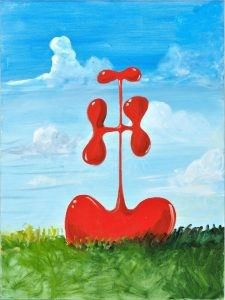
“The Secundino speaks to me because the sense of time feels infinite. The harshness of the lines clashing against the muted patches feels like two higher political powers at war. And the George Condo reminds me how the obscurity of life is something we all experience.”
And about her favourite artists, Suman said: “My answer to this question changes often. I just visited a museum in Paris and saw works from Odilon Redon. I was completely and utterly transported. I also really liked Paul Gauguin’s work from his early days in Tahiti. It was really beautiful, and actually quite refreshing seeing 19th century portraits of people who were of a completely different part of the world. It was reviving to see other representations of ethnicity. I relate to him moving to a completely different country and immersing himself and giving himself up to it. We would have a lot to talk about.”
On artists from her native Nepal, she said: “In terms of Nepalese artists, Krishna Manandhar captures colour so well.There is a beautiful mistiness in his abstract view of the mountain ranges. I love that his artistic expression is enriched by the study of natural forms and rhythms. He even manages to capture the soundscape of village serenity compared to Kathmandu. He conveys the vibrations of transcendental values of Nepalese life. I’m not in touch with that any more, so when I see it in a painting, it is a beautiful reminder.
![]()